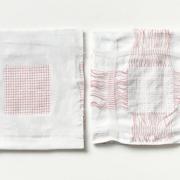Smart clothing utilizes textile sensors embedded directly within their fabrics. This allows such garments to function as biometric data-gathering devices. Examples include shirts, sports bras, gloves, smart socks, and shoes that can capture and relay information from the wearer -- such as heart rate, perspiration, respiration, grip, running form, fitness levels, and more. The data is typically transmitted wirelessly to a smartphone to provide direct feedback to the wearer, and to a cloud platform for applying machine learning (ML) and other analytics in order to generate behavioral feedback.
Advisor
Smart Fabrics, Google, and Project Jacquard
By Curt Hall
Posted June 9, 2015 | Leadership | Technology |

Don’t have a login?
Make one! It’s free and gives you access to all Cutter research.


